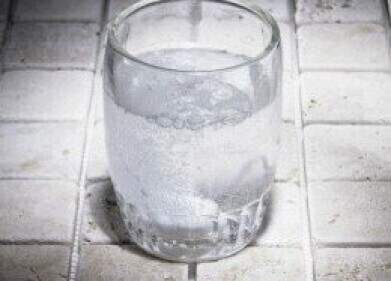PFAS in Water
New Research on Brink of Effective PFAS Filter for Water
May 23 2023
A small group of researchers at the University of British Columbia (UBC) have recently been making breakthroughs in the development of a material with the ability to adsorb every trace of PFAS (sometimes nicknamed ‘forever chemicals’) in a water sample – and not a moment too soon.
PFAS, or per- and polyfluoroalkyl substances, are an infamous group of chemicals widely used in everyday products, including in household items like raincoats, cookware, face wipes and sunscreens, to give them non-stick and stain-resistant properties. For a number of years now, PFAS have been making headlines as the extent of not only their toxicity but their ubiquity has been gradually brough to light. Cheap, convenient and abundant as they may be, extensive research has associated PFAS with severe health repercussions, including but not limited to cancer, hormonal disruptions, heart disease, and developmental problems.
As for their nickname, these ‘forever chemicals’ stick around for a very long time, seeping into the environment and setting up shop for extended periods before decomposing into less harmful forms. So, as the use of PFAS has expanded in industry, these substances have wormed their way into all areas of our environment, including into our meat, our fish, our fruit and veg – even, most worryingly, our drinking water.
Despite the availability of targeted water treatment methods (like activated carbon or ion-exchange systems), most of them frequently fail to capture all the diverse types of PFAS or require prolonged treatment durations to be effective. But all of this may be about to change.
In a groundbreaking study, recently published in Chemosphere, a team of UBC scientists discovered a novel adsorbent that promises to not only trap all PFAS present in a sample but neutralize them, too, through a combination of advanced electro- and photo-chemical methods. "Our adsorbing media capture as much as 99% of PFAS particles and can be regenerated and potentially reused," stated Dr. Madjid Mohseni, the study’s co-author, emphasizing that this filtration system does not produce additional solid waste which avoids opening a whole new can of environmental worms.
Of course, the ultimate aim is to refine this technology to the point of widespread accessibility – and not only for the typical markets, like governments and industry. It is hoped that this research could produce a cheaper solution that can benefit under-resourced communities without sacrificing effectiveness. Indeed, there are suggestions that the filtration medium could be installed for in-home water treatment, achieving a consumer-scale that has always eluded this sector. With all caution, then, it’s safe to say that this research has significant promise as a comprehensive, sustainable solution to mitigating the contamination of water by PFAS.
Digital Edition
AET 28.3 September 2024
September 2024
Business News - ENVEA announces acquisition of APAQ Group - SICK and Endress+Hauser sign strategic partnership - Efforts to curb gas flaring intensify amid environmental concerns Air Monito...
View all digital editions
Events
WEATHER • CLIMATE • WATER / EARTH OBSERVATIONS / GREEN ECONOMY
Oct 29 2024 St. Petersburg, Russia
Oct 30 2024 Hong Kong
Nov 05 2024 Toronto, Canada
Nov 05 2024 Rimini, Italy
Nov 06 2024 Ho Chi Minh City, Vietnam



















